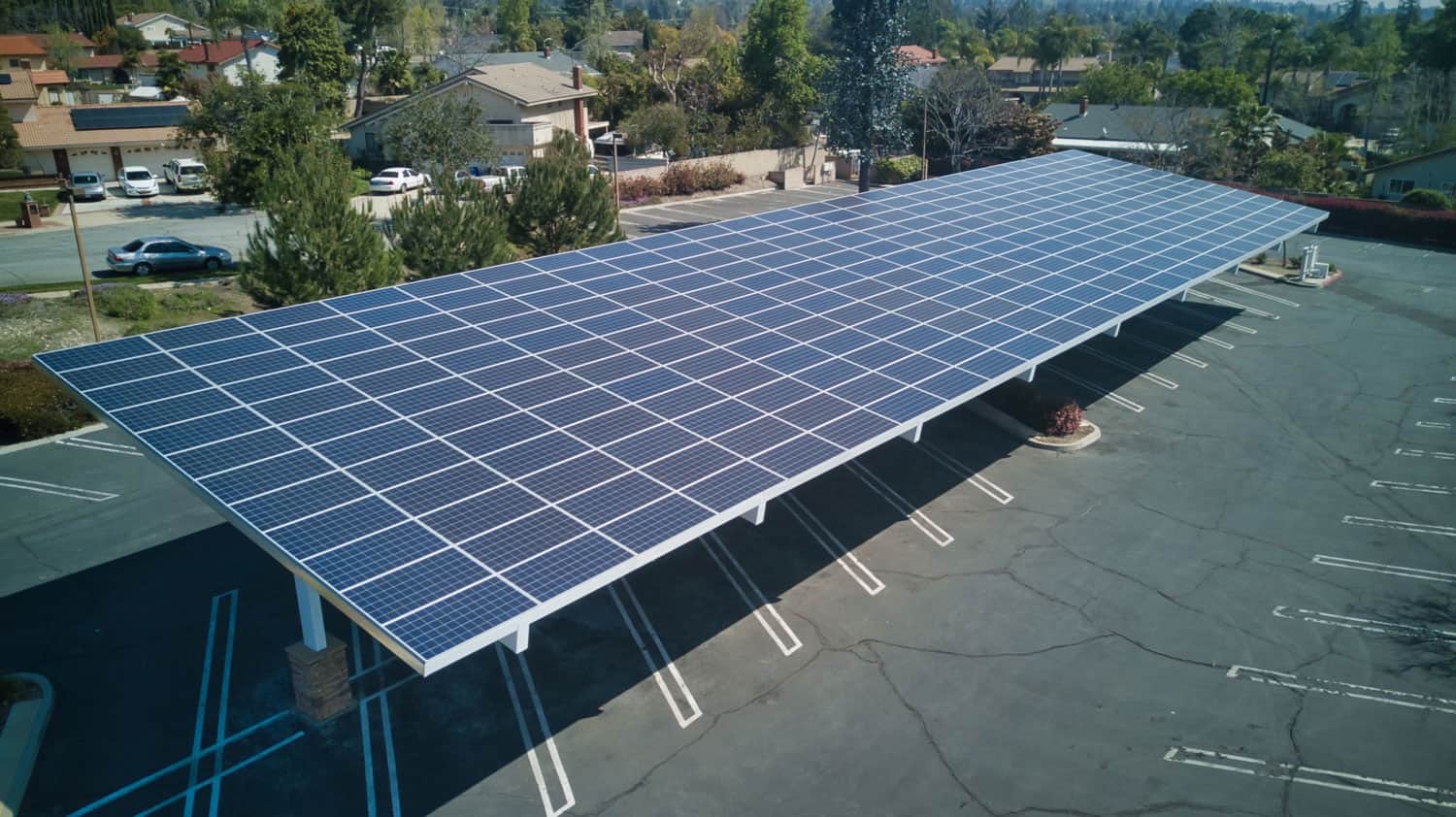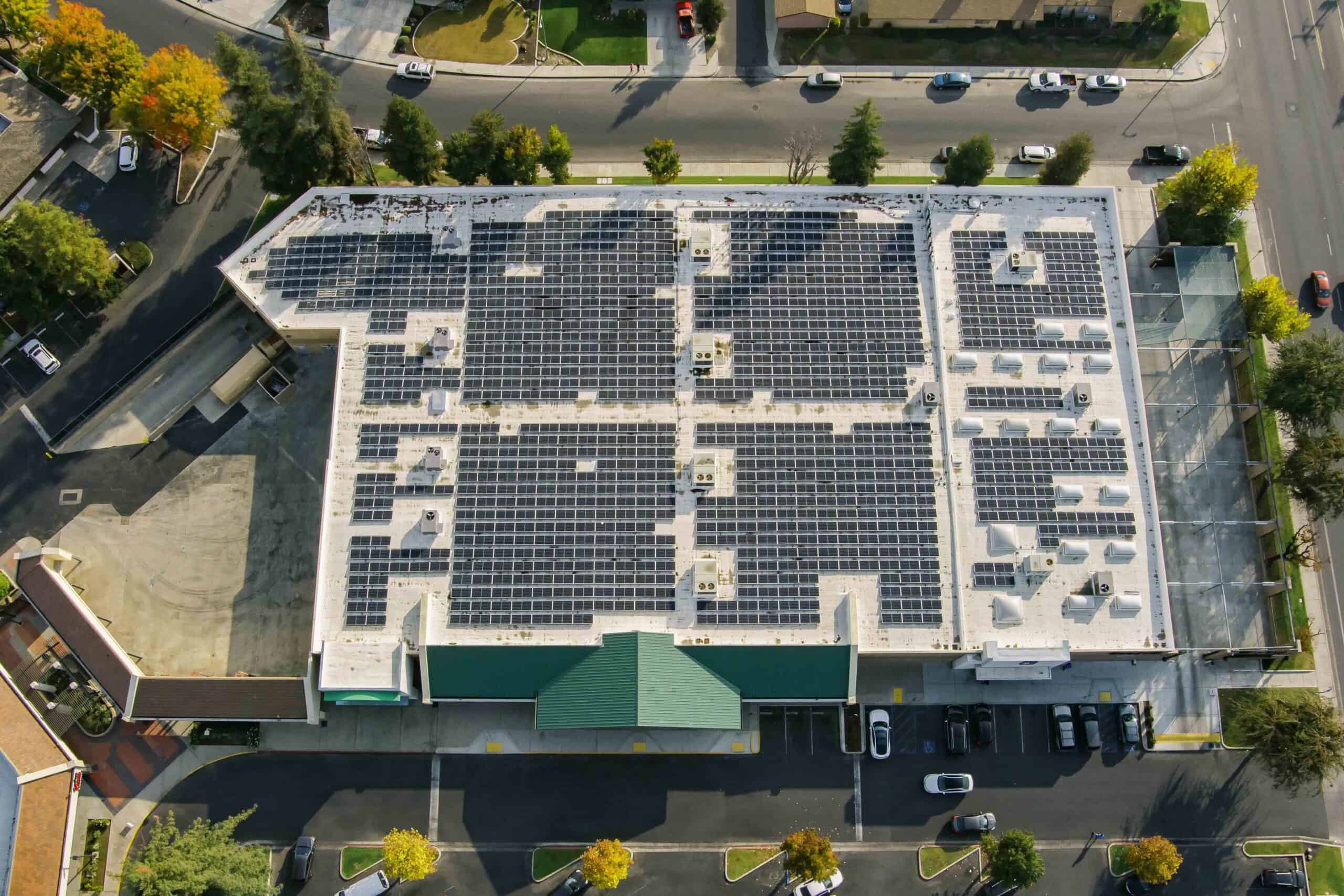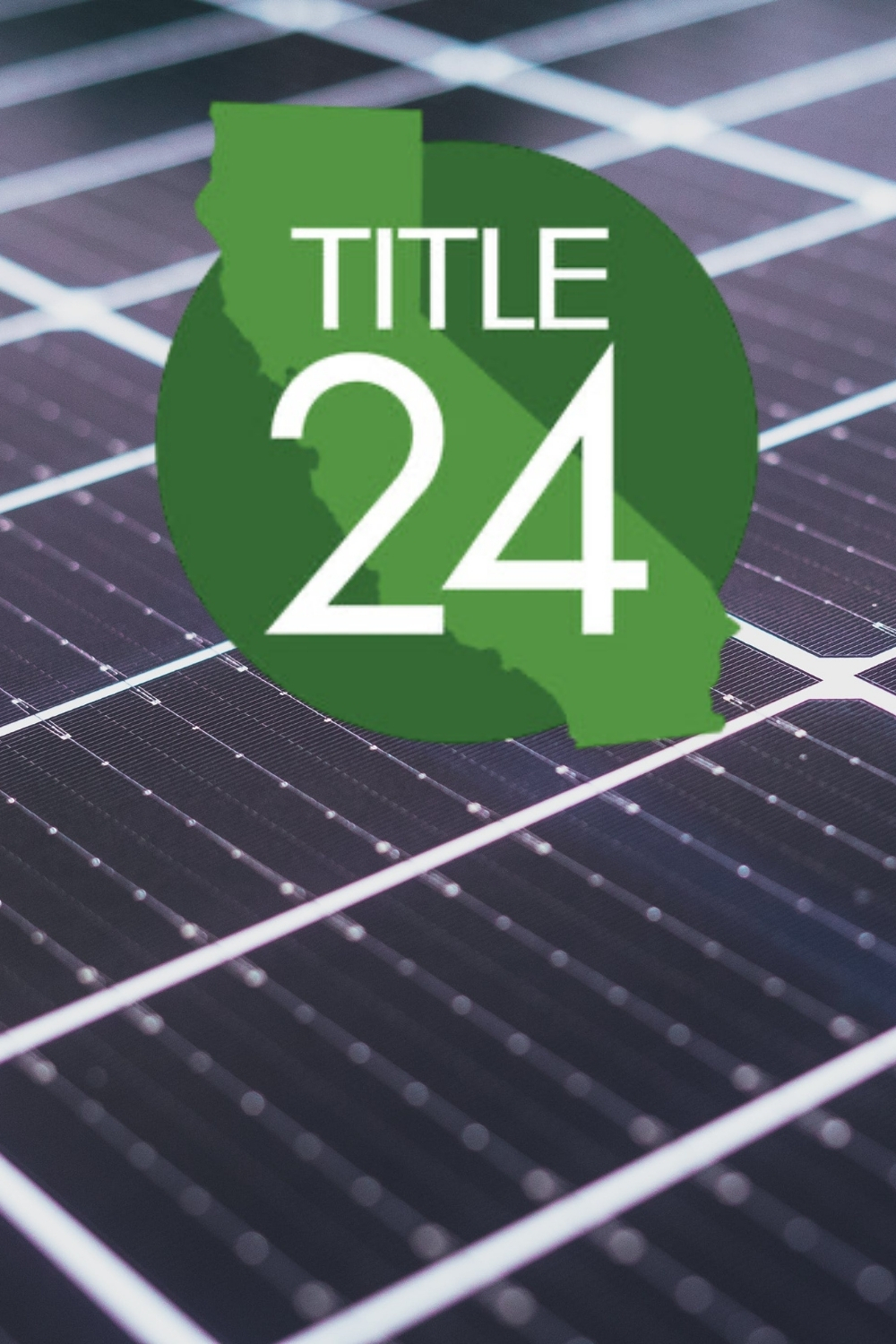Have you ever looked at an aerial image of a shopping center and wondered what could be done with its large roof? Flat rooftops like this are ideal for the installation of solar, the energy they generate can reduce the center’s energy costs, increase property value, and produce sustainability impacts for the community as a whole. So, just how much can a shopping center’s rooftop solar program generate? It all depends on a number of factors, including the size of the shopping center, the rooftop available space, the location, and the type of solar panels used.
Size of a shopping center affects energy generation potential
The size of the shopping center is a major factor in determining the amount of energy that can be generated by a rooftop solar program. A larger shopping center with more rooftop space will be able to accommodate more solar panels, which will in turn generate more energy. On the other hand, a smaller shopping center with less rooftop space will have a smaller solar installation and will generate less energy.
Taking some real world examples into account, a 36,000 sq. ft. shopping center in Oswell, CA was able to install a program that generates 253,000 kWh/year, whereas a 83,000 sq. ft. Bakersfield, CA shopping center was able to install a significantly larger program that generates 588,000 kWh/year. On average, a 1 kW solar system in California can generate around 1,500 kWh of electricity annually. Therefore, a 200 kW solar program could generate about 300,000 kWh of electricity per year. To put this in perspective, a typical American household uses about 10,000 kilowatt-hours (kWh) per year, so a 200 kW solar installation on a shopping center rooftop could power around 40 homes annually.
385 kW rooftop solar system installed on a Bakersfield, CA shopping center
To estimate the amount of energy a specific rooftop can generate, a decent approximation is that 5-10 Watts of solar PV capacity can be installed per square foot of roof, depending on the number of obstructions. And since, in California, 1500 kWh/kW per year is a reasonable rooftop solar yield, a fair approximation is between 7.5 and 15 kWh/year per square foot or at least 150,000 kWh per 20,000 sq. ft. of roof space utilized. Based on these estimations, a small building with roughly 50,000 sq. ft. of roof could generate between 375,000 and 750,0000 kWh/year (0.4 – 0.8 GWh/yr), a medium-sized building with 150,000 sq. ft. of roof could generate between 1,125,000 and 2,250,000 kWh/yr (1 – 2 GWh/yr), etc.
Approximate Energy Generation Potential by Building Size in California
| Building Footprint (sq. ft.) | Approximate Range of Energy Generation Potential (kWh/year) | CO2 Equivalent of Gallons of Gasoline Consumed (gallons) |
| Small (50,000) | 375,000 – 750,000 | Up to 59,808 |
| Medium (150,000) | 1,125,000 – 2,250,000 | Up to 179,423 |
| Large (275,000) | 2,062,500 – 4,125,000 | Up to 328,943 |
In macroscale terms, a 2016 study of rooftop PV technical potential in the United States (Gagnon et al., 2016) estimated a nationwide potential as much as 731 GW (926 TWh/yr) of potential exists for small buildings (< 53,000 sq. ft. footprint) and 386 GW (506 TWh/yr) exists for medium (53,000–269,000 sq. ft.) and large buildings (> 269,000 sq. ft.). Combined, the energy generation potential of shopping centers and other larger buildings is significant.
Rooftop open space can change system size options
The space available on a shopping center rooftop can affect the size of the solar system able to be installed. Depending on the types of tenants operating inside of the shopping center, there may be machinery, vents, HVAC equipment, and RTUs (roof top units) cluttering up the available space on the roof. The more obstacles that exist on a roof, the fewer solar panels are able to be installed. Large, flat roofs with minimal RTUs obstructing the installation and maintenance of the solar panels are able to generate the most energy with the largest systems.
Location, location, location
The location of the shopping center also plays a role in determining the amount of energy that can be generated by a rooftop solar program. Areas with high levels of sunlight and low amounts of cloud cover will typically have higher levels of solar energy generation than areas with more cloud cover or less sunlight. For example, a shopping center located in southern California will have a higher solar energy generation potential than a shopping center located in a more northern or cloudy area.
Types of solar panels play a part
The type of solar panels used is also a factor in determining the amount of energy that can be generated by a rooftop solar program. Different types of solar panels have different efficiencies and power outputs. For example, monocrystalline solar panels typically have a higher efficiency and power output than polycrystalline solar panels. As technology advances, we are seeing panels with greater efficiency emerge, which also impacts the energy generation potential of different size systems.
Pair the system with battery storage for maximum potential
It is also important to note that solar energy is most efficient during daylight hours and may not provide energy during periods of low sunlight or at night. However, with the use of battery storage systems, the excess solar energy generated during peak hours can be stored and used during periods of low sunlight or at night. This can increase the reliability of the solar installation and reduce the dependence on the grid. To learn about recent advances in smart solar storage software, read our interview with J.W. Postal of WATTMORE.
Final thoughts
The amount of energy that a shopping center rooftop solar program can generate depends on a number of factors, including the size of the shopping center, the location, and the type of solar panels used. On average, every 20,000 square feet of shopping center rooftop could potentially generate as much as 200 kW of solar energy, enough to power roughly 40 homes annually. With the use of battery storage systems, the solar installation can provide a more reliable and consistent source of power.
Consult with King Energy to assess the energy needs and design a solar installation for a specific shopping center that can provide a large impact to the property owners and surrounding community.



